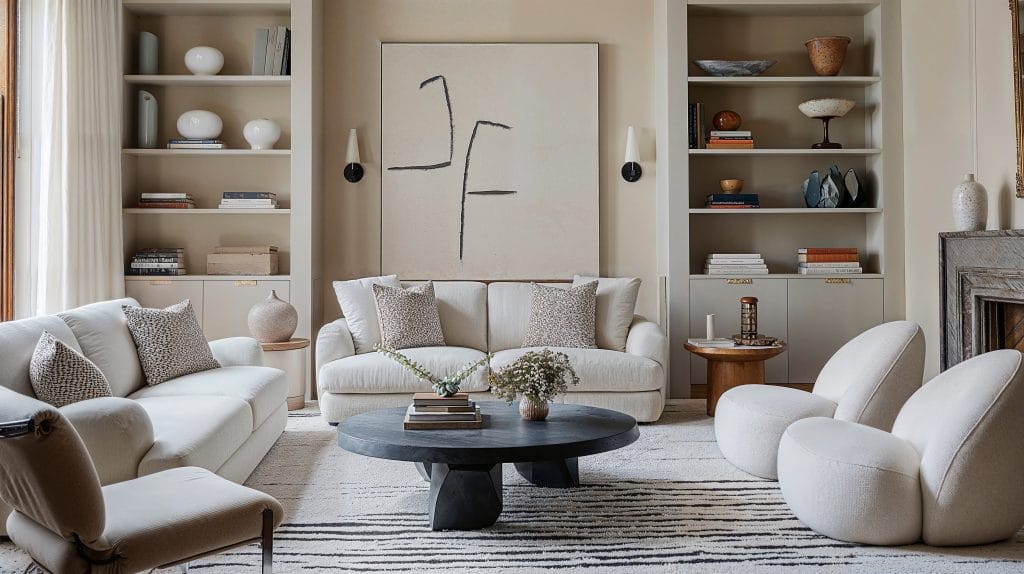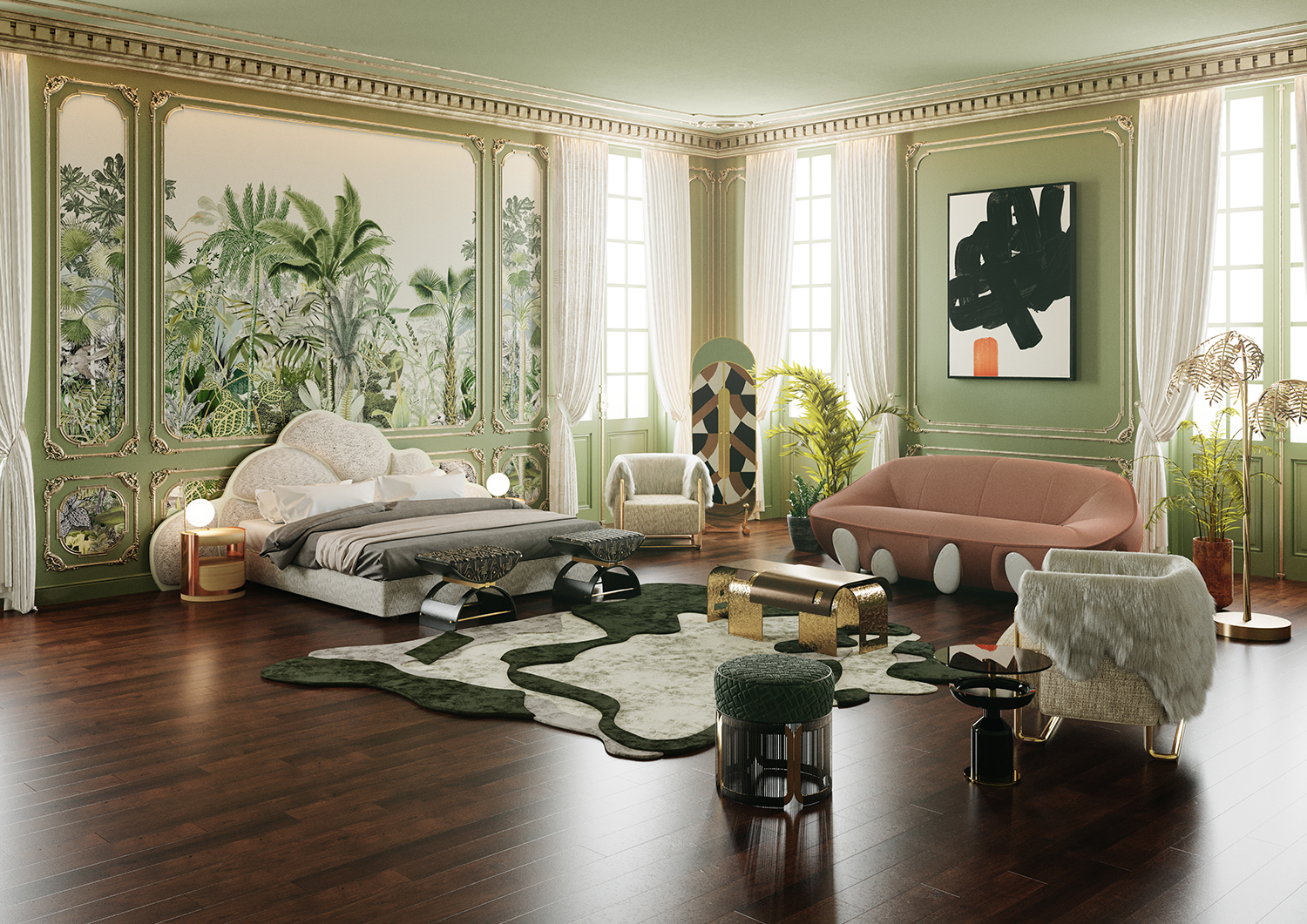Change Your Home With Essential Principles of Interior Decoration and Appearances
The art of transforming your home through the important principles of interior design and appearance calls for a thoughtful method that integrates color, balance, and spatial understanding. By understanding the influence of shade concept and the importance of appearance and patterns, one can develop rooms that are not only visually appealing however likewise deeply personal. Achieving this equilibrium involves greater than plain decor; it includes a strategic setup and an eager understanding of exactly how each element connects within an area. As we check out these fundamental principles, consider how they may redefine your understanding of home and personal expression.
Recognizing Shade Concept
Understanding the principles of shade theory permits designers to develop spaces that resonate psychologically with residents while meeting useful requirements. Each classification plays an essential function in developing harmony within a space.
The mental effect of shades is profound; warm colors such as reds and oranges stimulate power and heat, while amazing tones like blues and environment-friendlies advertise calmness and serenity. In addition, making use of corresponding shades enhances visual rate of interest, producing striking contrasts that can elevate a space's charm.
Neutral colors, on the other hand, serve as a functional background, permitting various other layout components to beam. It is necessary to take into consideration factors such as lighting and the room's purpose when selecting a shade scheme, as these can change the understanding of shades throughout the day.
Eventually, a well-considered color pattern can transform a room, cultivating a feeling of convenience and design that lines up with the occupants' preferences. Proficiency of shade concept is, for that reason, a crucial skill for any indoor designer intending to develop unified and inviting environments.
Achieving Equilibrium in Design
How can developers accomplish a feeling of balance in their spaces? Attaining balance in layout is essential to developing harmonious insides.
Asymmetrical equilibrium, on the other hand, depends on differing components that still achieve a natural look. This technique allows for even more dynamic and casual plans, giving rate of interest while keeping balance. By meticulously picking differing dimensions, colors, and appearances, designers can produce a visually engaging space that feels well balanced yet energetic.
Radial balance stresses a central centerpiece with elements radiating external. This design is frequently seen in round formats, where furniture and decoration create a cohesive surround that attracts the eye internal.
Inevitably, accomplishing equilibrium calls for thoughtful factor to consider of scale, percentage, and the connections in between elements. miami luxury interior design. By masterfully using these equilibrium principles, designers can transform areas right into settings that feel both visually pleasing and functionally unified, boosting the overall experience for residents
Significance of Spatial Understanding

An eager feeling of spatial recognition permits designers to identify prime focus within a space, assisting the visitor's attention to key functions while preserving a general feeling of unity. It also helps in the tactical positioning of lights, which can drastically affect the understanding of space and mood. Comprehending spatial connections allows the developer to provide to the certain requirements of residents, guaranteeing that each area offers its designated objective without endangering looks.
Inevitably, spatial awareness is crucial for making the most of the potential of any type of interior space. By meticulously taking into consideration the interplay between measurements, format, and feature, designers can create settings that not only fulfill functional demands yet also evoke a feeling of comfort and charm, improving the overall living experience.
Including Structure and Patterns
Embracing a diverse variety of appearances and patterns can substantially enhance the aesthetic and tactile appeal of an interior area. The tactical use have a peek here different products-- such as wood, steel, material, and stone-- produces depth and rate of interest, making a room feel extra inviting and vibrant. Combining smooth surfaces with harsh textures can establish an equilibrium that draws the eye and engages the senses.
When integrating patterns, take into consideration both scale and rep. Big patterns can work as centerpieces, while smaller sized, refined designs can match various other elements without frustrating the room. Layering patterns, such as pairing floral pillows with candy striped tosses, adds complexity and a sense of consistency if executed thoughtfully.
It is additionally critical to keep a natural shade scheme, making certain that appearances and patterns function with each other instead than complete for focus. By picking a couple of crucial structures and patterns, you can produce a combined aesthetic that reflects your individual design while enhancing the overall atmosphere of the space. Eventually, the cautious incorporation of these elements can change an ordinary area into a sophisticated environment rich with personality and warmth.
Personalizing Your Room
Producing a space that shows your individuality is crucial to accomplishing a really welcoming atmosphere. Personalization in interior decoration allows you to instill your special style and interests right into your home, transforming it from a mere sanctuary into a sanctuary that talks with who you are. Begin by selecting a shade combination that resonates with your feelings-- bold tones can stimulate, while soft tones offer peace.
Incorporate art work and decoration that reflect your interests, whether it be travel, nature, or abstract principles. Displaying individual collections, such as books, photos, or souvenirs, can stimulate cherished memories and produce centerpieces within a space. Furthermore, consider personalizing functional pieces, like upholstered furnishings, to align with your visual preferences.

Conclusion
Finally, the transformation of a home with the crucial principles of interior layout and aesthetic appeal demands an extensive understanding of shade concept, equilibrium, spatial awareness, texture, and customization. Each Visit Website component contributes considerably to producing an unified and useful living environment - miami interior design. By attentively integrating these principles, individuals can improve the aesthetic allure and psychological vibration of their spaces, ultimately promoting a home that shows special identifications while giving convenience and usefulness